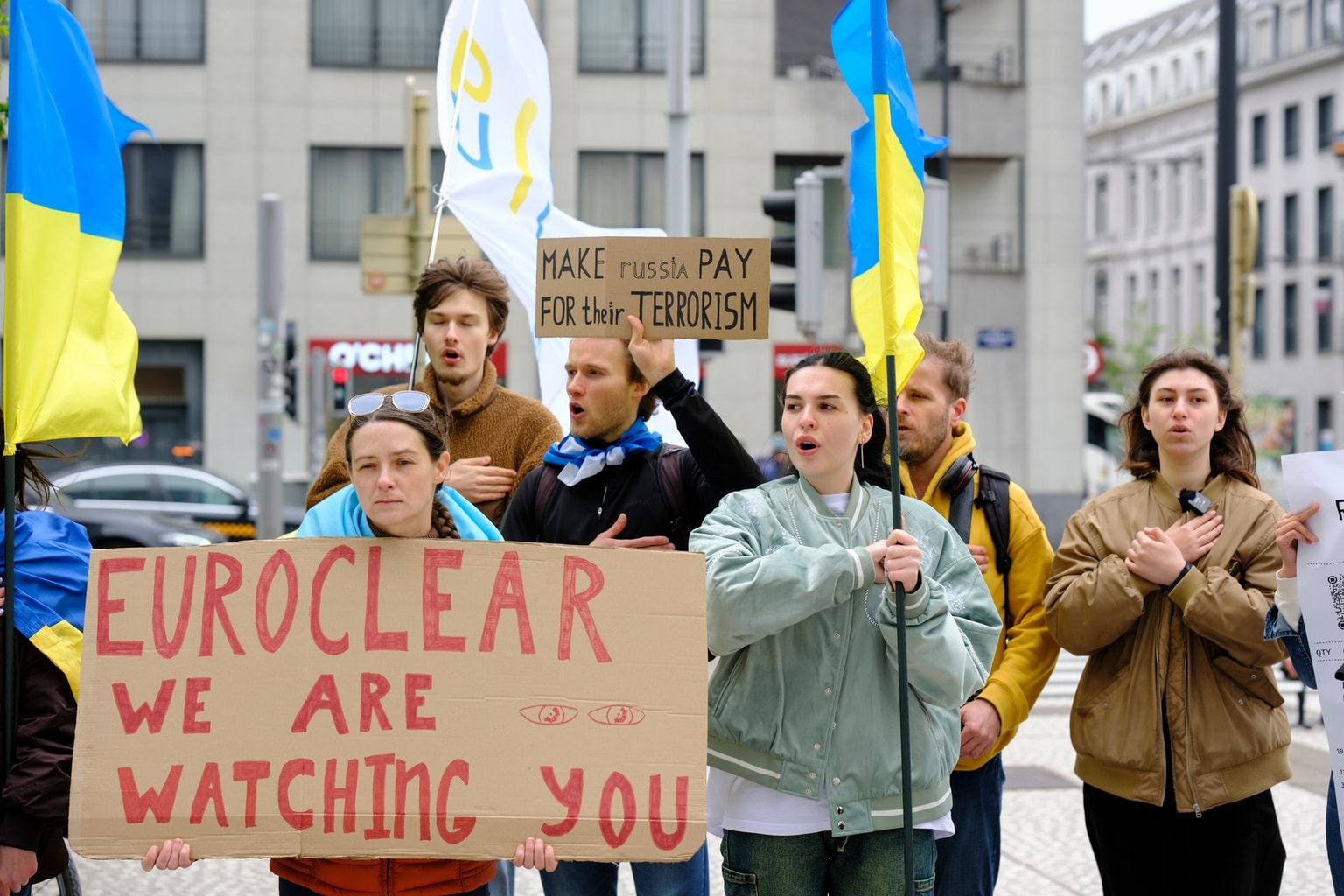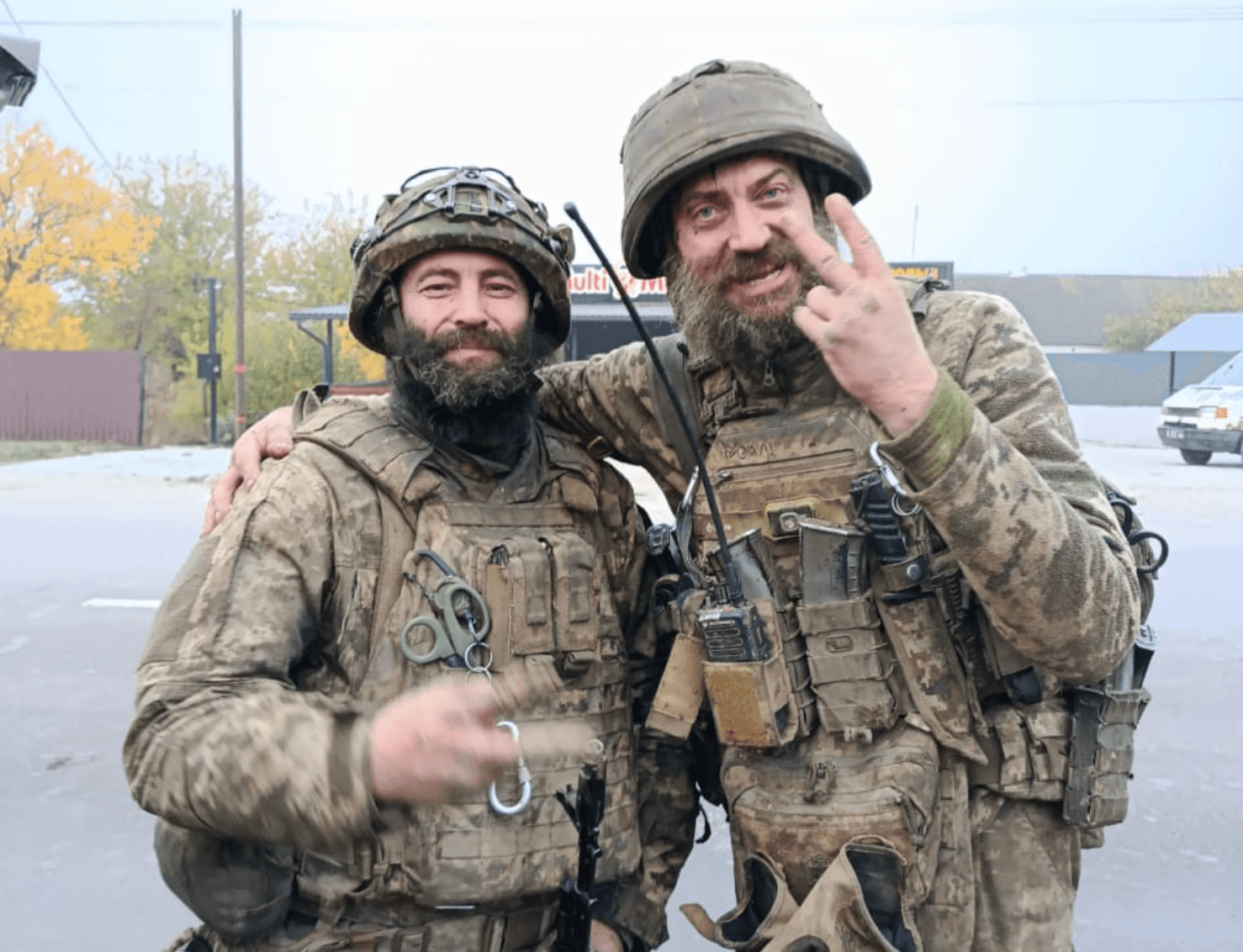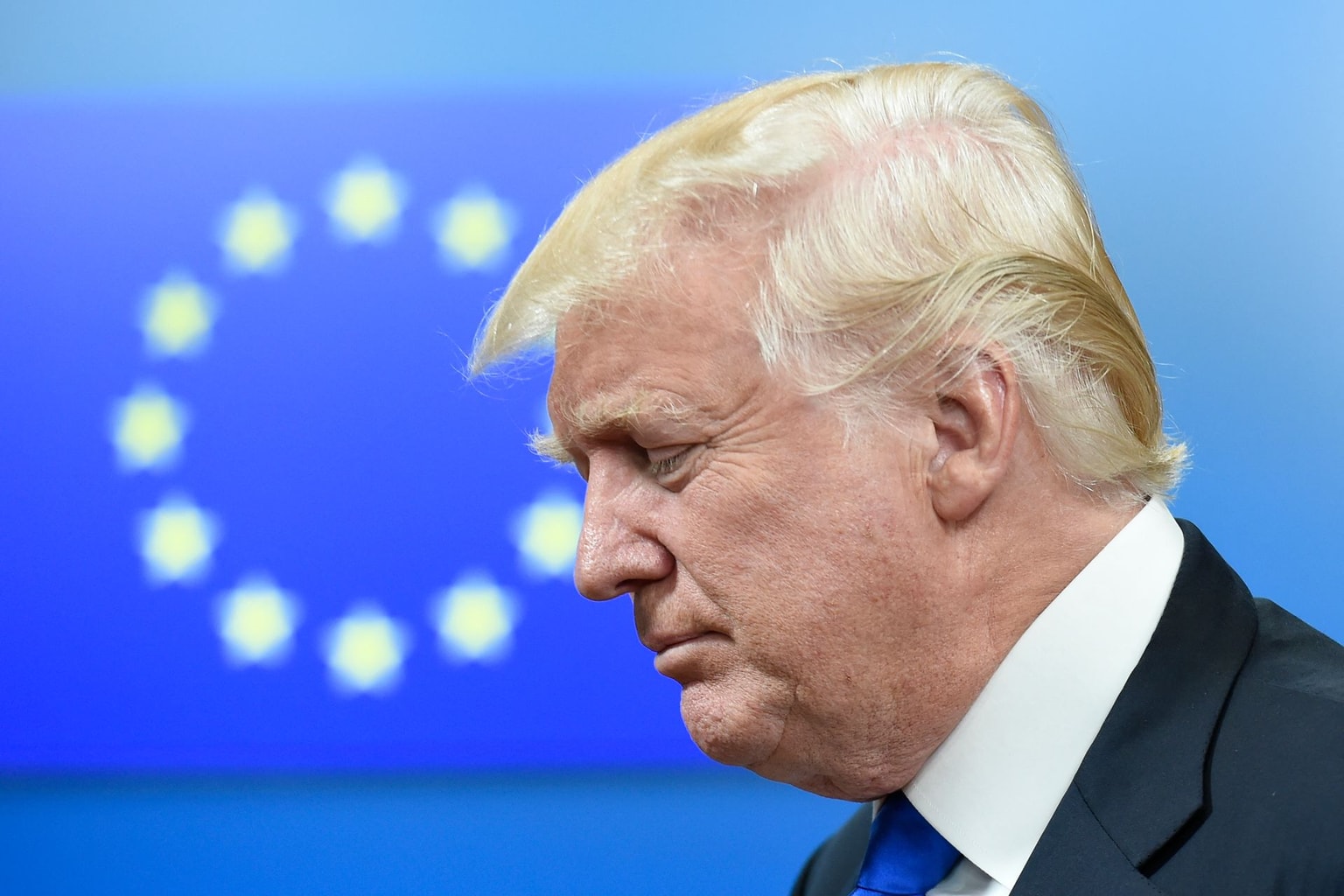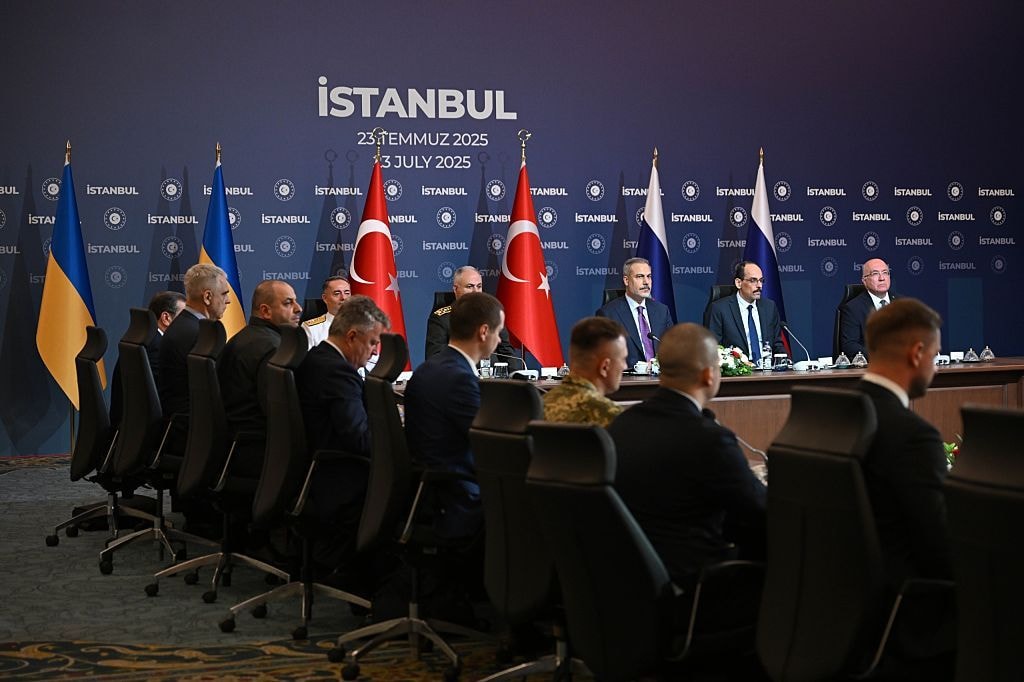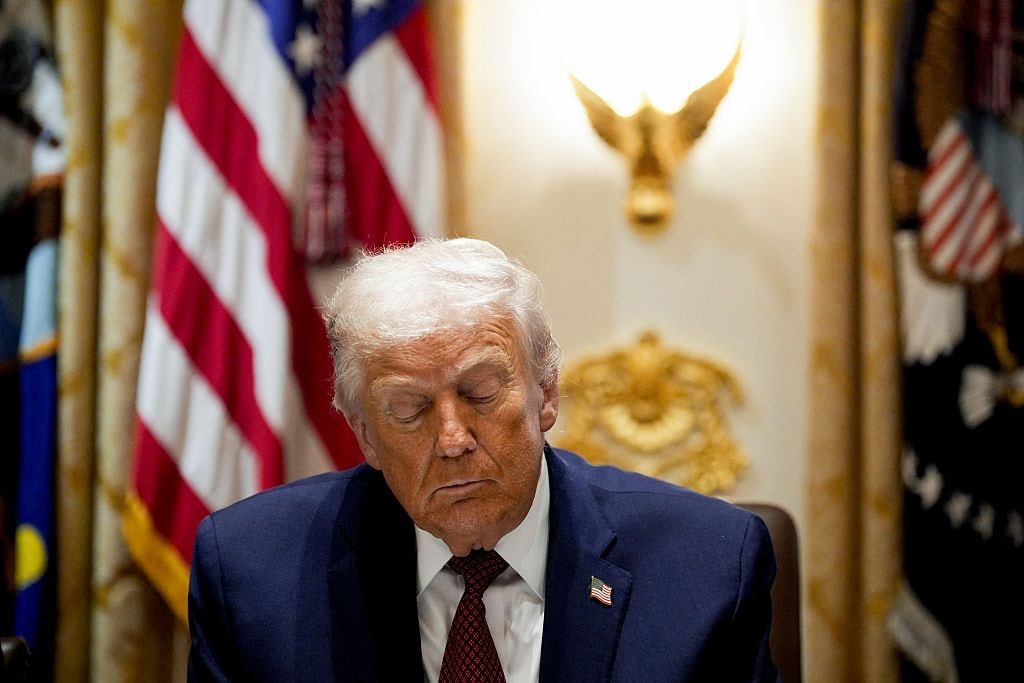Russia has fired 70 missiles, 2,200 drones at Ukraine since March 11 ceasefire proposal, Kyiv says

Russia has launched 70 missiles, 2,200 Shahed-type drones, and 6,000 guided aerial bombs against Ukraine since Kyiv and Washington agreed on a temporary truce on March 11, Foreign Minister Andrii Sybiha said on April 11.
Ukrainian officials agreed to a U.S. proposal for a full 30-day ceasefire during their talks in Jeddah, provided Russia abides by the conditions. Moscow has rejected the deal unless it includes conditions undermining Ukraine's defenses, namely a full halt on foreign military aid.
"From March 11 to April 11, Russia shot at Ukraine almost 70 missiles of various types, over 2,200 Shahed drones, and more than 6,000 guided aerial bombs," Sybiha said on X.
"These were Russian responses to peace proposals. This is typical of Russia: lying, manipulating, and continuing terror."
The past few weeks saw Russia launch deadly missile and drone attacks against Ukrainian cities and towns. A ballistic missile attack against Dnipro on April 10 killed one civilian and injured nine, while a drone strike in Zhytomyr Oblast killed one and injured six.
Despite the failure to conclude a full ceasefire, the U.S., Russia, and Ukraine agreed on a limited truce covering strikes against energy facilities and Black Sea operations following talks in Saudi Arabia in late March.
The energy ceasefire failed to put a stop to continued attacks, while the future of the Black Sea truce is in doubt as Moscow linked it to the lifting of some Western sanctions.
"For one month already, there may have been silence and confidence-building measures to advance the fair peace that the U.S., European and other partners wish to achieve," Sybiha said.
"Russia is the only obstacle to peace and the only source of the war."
Moscow's delays have caused frustration in Washington, with U.S. President Donald Trump saying he is "pissed off" and "very angry" with Russian President Vladimir Putin over stalled peace talks and attacks on President Volodymyr Zelensky's credibility.
Kyiv presented Russia's reluctance to commit to a ceasefire as a stalling tactic that allows its forces to gain more ground on the battlefield.



